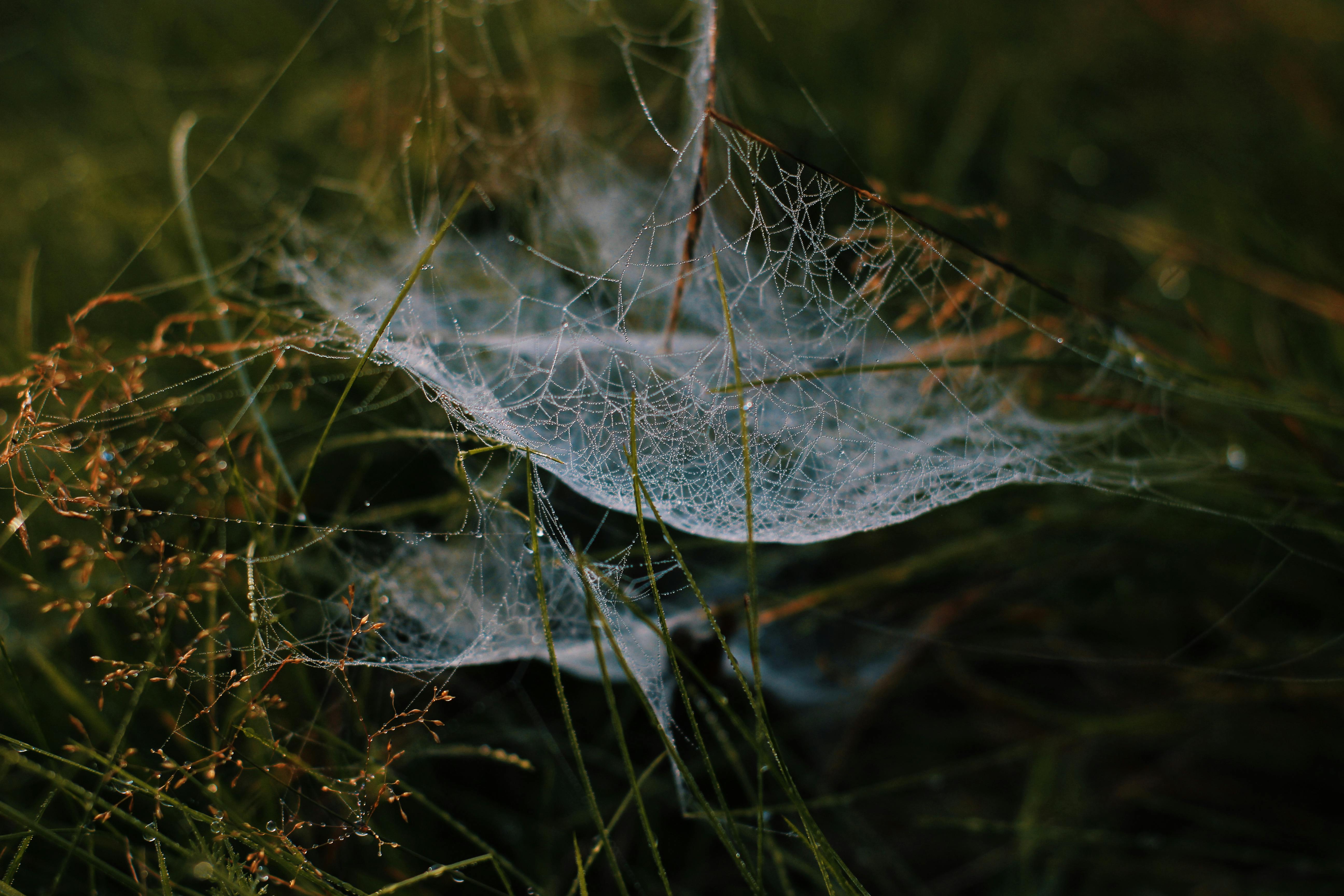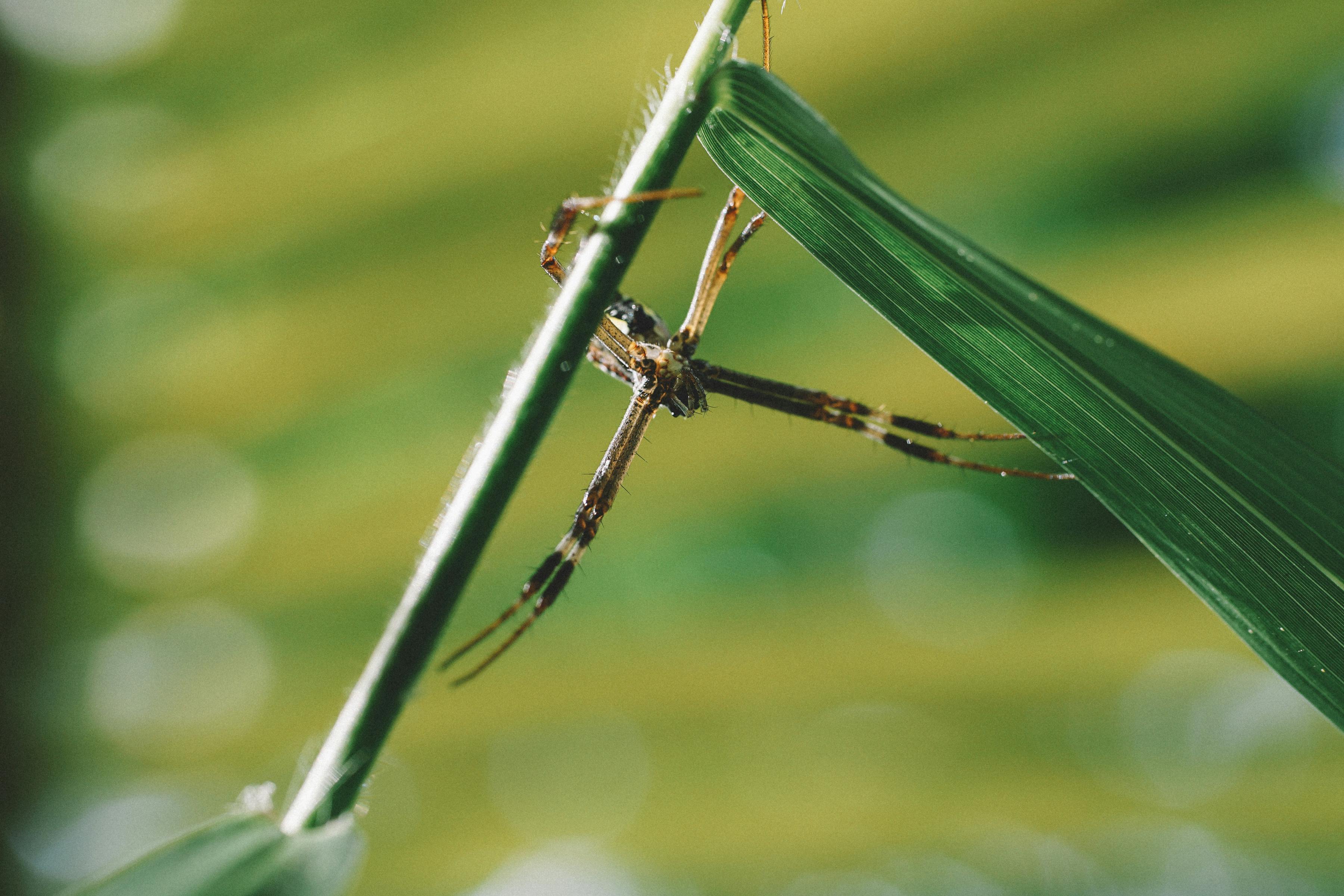Spider plants are popular houseplants that are easy to care for and can survive in a variety of conditions. They are known for their hardy nature, but if not cared for properly or if exposed to extreme temperatures, spider plants may become stressed and begin to decline. If you have a spider plant that is looking a bit worse for wear, you can revive it with some simple steps. In this article, you’ll learn how to revive a spider plant and get it looking healthy again.A spider plant is a type of houseplant that is easy to care for and known for its long, thin, arching leaves. It is part of the family of plants known as Chlorophytum comosum and often has white stripes or edges on its leaves. The spider plant produces small white flowers, and it can also produce baby spider plants that hang from the mother plant in a “spidery” fashion. It is popular for its air-purifying qualities, as well as its low-maintenance care requirements.
What Causes a Spider Plant to Die?
Spider plants are a popular houseplant due to their low maintenance needs and their ability to adapt to many environments. Unfortunately, they can still die if they are not cared for properly. The most common cause of death for spider plants is improper watering, either from too much or too little water. If the soil is constantly wet and waterlogged, the roots may rot and lead to plant death. On the other hand, if the soil is allowed to dry out completely between watering, the plant may suffer from dehydration and wilt away.
In addition to improper watering, spider plants may also be affected by poor lighting conditions. They prefer bright indirect light and will not thrive in dark areas or in direct sunlight. Too much or too little light can cause the leaves of the plant to yellow or even burn, leading to eventual death if not corrected.
Spider plants are also prone to certain pests and diseases that can cause them harm. Common pests such as mealybugs, aphids, scale insects, and spider mites can all feed on the plant’s leaves and sap its energy reserves. Fungal diseases such as root rot can also attack the roots of spider plants if they become overwatered or exposed to too much humidity.
Finally, spider plants can be killed by extreme temperatures if they are not kept within the proper temperature range for their species. Most species prefer temperatures between 65°F-85°F during the day and 55°F-70°F at night. If exposed to extreme temperatures outside this range for extended periods of time, the plant may suffer damage that leads to death.
How to Diagnose a Dying Spider Plant
Diagnosing a dying spider plant can be tricky, as many of the signs are subtle. Spider plants are hardy houseplants that can tolerate a wide range of growing conditions, but they can suffer from common houseplant problems. It is important to identify the signs of a dying spider plant quickly so that you can take steps to save it. Here are some tips on how to diagnose a dying spider plant.
One of the first signs of a dying spider plant is yellowing or browning leaves. This is usually due to too much or too little water, or over-fertilising with nitrogen-rich fertilisers. Check the soil moisture level and adjust your watering schedule accordingly. If you suspect that you have overfertilised, flush out the soil with water to remove any excess nutrients.
Another sign of a dying spider plant is wilting or drooping foliage. This could be caused by several things, including underwatering, draughts, or too much direct sunlight. Move the plant away from any draughty areas and check the soil moisture level. If it is dry, water thoroughly until moisture begins to come out of the drainage holes at the bottom of the pot.
Spider plants also suffer from pests such as mealybugs and aphids, which can cause leaves to discolour and die off prematurely. Inspect your plant closely for signs of infestation and treat with an insecticidal soap solution if necessary.
Finally, if your spider plant has stopped producing new growth and its leaves are turning yellow or brown despite your efforts, it may be time to say goodbye. Spider plants are resilient but sometimes even with all our best efforts they just don’t make it through – however don’t give up hope until you’re sure!
Water
Reviving a spider plant is not too difficult; it just needs a bit of TLC. The first step is to water your spider plant and make sure you are using the correct amount of water. Too much water can drown the roots, while too little will starve them. Watering your spider plant should be done once every week or two, depending on the size of the pot and how quickly the soil dries out. A good rule of thumb is to water until it begins to drip out of the bottom of the pot. Be sure to remove any excess water that accumulates in the saucer beneath your pot.
Soil
In addition to providing adequate water for your spider plant, you also need to provide it with a quality soil. Make sure that your soil has good drainage and aeration so that it does not become overly wet or dry. A mixture of peat moss, perlite, and compost is a great option for most spider plants. You may also want to consider adding fertilizer every few months to ensure that your plant receives the nutrients it needs for optimal health.
Pruning
Spider plants are one of the most popular houseplants because they are resilient and easy to care for. To keep them looking their best, it’s important to occasionally prune them. Pruning removes dead or damaged leaves and shoots, which can help promote new growth. It also helps the plant look neat and tidy. To prune a spider plant, use sharp scissors or gardening shears to remove any dead or damaged leaves. Make sure to cut the leaves at the base of the stem to avoid damaging the plant’s roots. After pruning, the plant should have a neat, uniform shape with no dead or damaged leaves.
Repotting
Repotting is another important part of spider plant care. When a spider plant is grown in a pot that is too small, it may become root bound and unable to absorb enough water and nutrients from its soil. To repot a spider plant, begin by gently removing it from its current pot and shaking off any excess soil. Then, place it in a pot that is one size larger than its current one. Fill in fresh potting mix around the roots until it reaches about an inch from the top of the pot. Water thoroughly until water drains from the bottom of the pot and allow to drain fully before returning it to its spot.
Finally, keep in mind that spider plants require bright indirect light for best results. Place your spider plant in an area with bright indirect light for optimal growth and health. With regular pruning and repotting, your spider plant will stay healthy and beautiful for years to come!

Sunlight
Spider plants are native to tropical and subtropical regions, so they require bright, indirect sunlight. Place your spider plant close to a window where it can get plenty of natural light. However, avoid placing the plant in direct sunlight as this could cause the leaves to burn. If you’re unable to provide adequate natural light, you can supplement with artificial lighting. You can use either fluorescent or LED grow lights. With either type of light, you should keep your spider plant about 12–18 inches away from the bulb and give it roughly 12 hours of light per day.
Temperature
Spider plants prefer a warm environment with temperatures between 65–75°F (18–24°C). Avoid temperatures that are too hot or too cold as these can cause the leaves to droop or turn brown. If it’s particularly hot in your home, you may want to consider running a fan close by to improve air circulation and keep your plant cool. Additionally, avoid placing your spider plant near any appliances that generate heat such as radiators or air conditioning units as this could damage the leaves.
Fertilizer
Fertilizer is essential for reviving a spider plant. If you want to keep your spider plant healthy and thriving, it’s important to provide the right kind of fertilizer. Fertilizer should be applied in small amounts once every month or two. You can use a slow-release fertilizer or liquid fertilizer depending on what type of soil you have in the pot. Make sure to water your spider plant first, then apply the fertilizer so that it’s absorbed into the soil. Avoid over-fertilizing as it can cause root burn and other damage to the plant.
It’s also important to choose a balanced fertilizer that has equal parts of nitrogen, phosphorus, and potassium (N-P-K). This will help ensure that your spider plant is getting all the nutrients it needs to stay healthy and strong. If you’re not sure what kind of fertilizer to use, consult with your local garden center or nursery for advice on what type is best for your specific situation.
Troubleshooting Tips for Reviving a Spider Plant
Spider plants are a popular houseplant because of their easy maintenance and tolerance of low light. But even these resilient plants can start to wilt and suffer from nutritional deficiencies if not provided with the proper care. If your spider plant is looking a bit worse for wear, there are some troubleshooting tips you can use to revive it.
The first step in reviving a spider plant is making sure it’s getting enough water. Spider plants need frequent watering, but be careful not to overwater them as this can cause root rot. Make sure the soil is slightly moist but not soggy before giving the plant more water.
Next, check the soil for nutrition deficiencies. Spider plants need a balanced fertilizer that contains an equal amount of nitrogen, phosphorus, and potassium. If your spider plant’s leaves are looking yellow or wilted, it may be deficient in one or more of these elements and may benefit from being given some fertilizer.
Finally, check the lighting conditions in which your spider plant is growing in. Spider plants thrive best in bright indirect sunlight and will start to suffer if placed too close to a window or other light source. If necessary, move your plant to an area of your home that has more indirect light or provide additional artificial lighting with a grow light bulb or fluorescent lamp.
By following these troubleshooting tips, you should be able to revive your wilting spider plant and keep it looking its best for years to come!

Conclusion
Spider plants are relatively easy to take care of and can last for many years with the proper care. To revive a spider plant, you should first identify the problem and then address it. You may need to give your plant more or less water, adjust the humidity or temperature of your home, check for pests, or repot your plant into more suitable soil. With some patience and understanding of spider plants’ needs, you can revive a spider plant that is looking unhealthy.
No matter how careful you are with your spider plant, it may still suffer from dehydration, too much heat or cold, pests, or root rot. If you find yourself in this situation, don’t give up on your plant. With the right care and attention to detail you can revive your spider plant and enjoy its beauty for many years to come.

